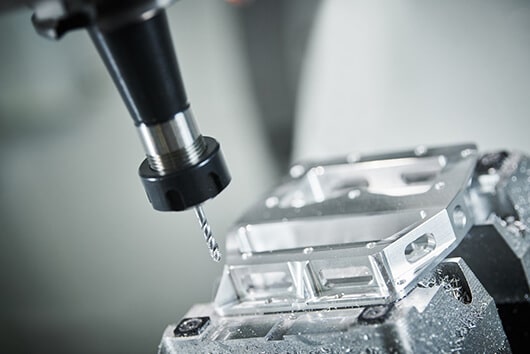In much the same way as our skin can be prone to damage when it comes into contact with harmful ultraviolet (UV) rays (i.e. the sun), plastic can be affected, too. What that means for engineers is that projects requiring the use of plastics may not run so smoothly, resulting in the risk of operational downtime and stretched budgets.To get more news about polypropylene uv resistance, you can visit runsom.com official website. The wavelengths of visible light are tiny, measured in billionths of a meter. A billionth of a meter is called a nanometer, or nm. UVA has a wavelength range of 320-400 nm, while UVB has a range of 280-320. Meanwhile, UVC’s range stands at around 100-280.
If we take skin as an example, UVA may result in a tanning of the complexion, while UVB may mean it burns. The common effect of UVC IS germicidal, which is the scientific term for killing or inactivating microorganisms by destroying nucleic acids and disrupting their DNA. This renders them useless when it comes to performing critical cellular functions. In terms of the components more likely to be at risk of UV damage, automotive parts are high on the list. The effects will predominantly result in a change of the material’s surface layer – and some plastics, if damaged by UV, will ultimately lead to the component failing altogether – not good news when a project is near completion or has been finalised.  Free radicals and UV energy When absorbed by plastics, UV energy can excite photons. This, in turn, can create free radicals. Then, before you know it, degradation occurs, as catalyst residues will often act as receptors. The fact is, lots of pure plastics simply cannot absorb UV radiation, putting your project and its components at severe risk.
Free radicals and UV energy When absorbed by plastics, UV energy can excite photons. This, in turn, can create free radicals. Then, before you know it, degradation occurs, as catalyst residues will often act as receptors. The fact is, lots of pure plastics simply cannot absorb UV radiation, putting your project and its components at severe risk.
You can, of course, avoid UV degradation in plastics. Blockers, stabilisers or absorbers can be used to great effect, while titanium dioxide may also be beneficial. Meanwhile, benzophenones and other organic compounds can absorb the UV and re-emit it as heat, which isn’t nearly as harmful. Never assume, however, that either of these materials are UV resistant. They’re usually not and must be specially treated. Always look for ‘UV resistant’ in the product details.
A material called carbon black, which offers black colouration, can reduce the risk of such degradation, as it will provide protective surface coatings. The latter can include metallisation or paint, though carbon black is a typically low-cost option. It can also be as effective as the alternatives.
Which plastics are more susceptible to UV degradation? If you’re about to undertake a new project, it’s worth knowing which types of plastics are more susceptible to this type of degradation.
Polypropylene (PP) and low-density polyethylene (LDPE) are just two types of polymers at increased risk, with ultraviolet rays interacting with tertiary carbon bonds within their chain structure. This then reacts with oxygen in the atmosphere. Next, carbonyl groups in the main chain are produced and the areas of the component which are exposed could then be prone to cracking or discolouration.
In terms of the kinds of aesthetic changes you might notice with non-UV-resistant plastics, anything from yellowing to leaching of dyed materials, as well as bleaching of its surface, may occur. Any of these alterations will ultimately result in a less cost-effective project and more downtime in terms of replacing components. Can a UV attack on plastics be detected? As they say, ‘prevention is better than the cure’. With that in mind, is there a way such UV interference can be detected early on in the project – or ruled out entirely before it commences?
The first visual sign is serious cracks in a product. This can be viewed by way of infrared spectroscopy which ‘involves the interaction of infrared radiation with matter’. Used to identify and study chemicals, it is mostly based on absorption spectroscopy and makes use of an infrared spectrometer, which works to detect carbon groups before they cause any real issues.
How can anti-UV chemicals help? When mixing the ingredients – before using injection moulding to shape the product – anti-UV chemicals can be utilised. This means a future UV attack by way of sunlight can be prevented.
It’s interesting to note that the chemicals used in such preventative measures are similar to those used in sun cream. While sunscreen protects the skin from the attack of UV rays, the chemicals used in UV stabilizers added to plastics act in much the same way.
But it isn’t solely UV rays which pose a risk to plastics. Other environmental factors – from light and chemicals to heat – can play a big part in the degradation of the material being utilised in any given project.
Even some acids, alkalis and salts can be to blame for changes to the polymer, which can include anything from chemical disintegration or biodegradation. Some changes may also reduce the molecular weight of a polymer for recycling – and these changes are generally referred to as ‘aging’, given that they significantly affect the lifespan of a component, along with its appearance.

